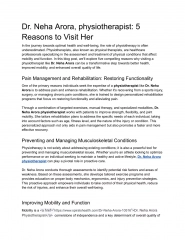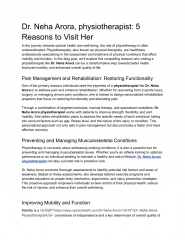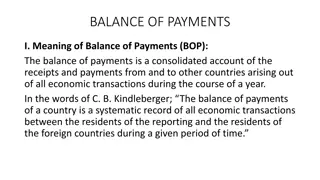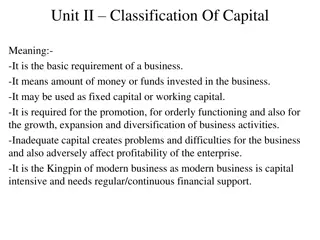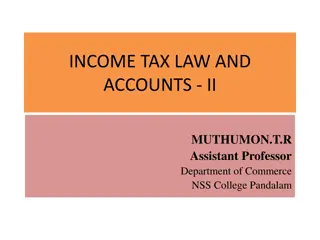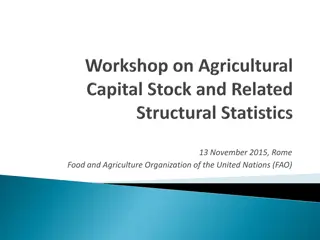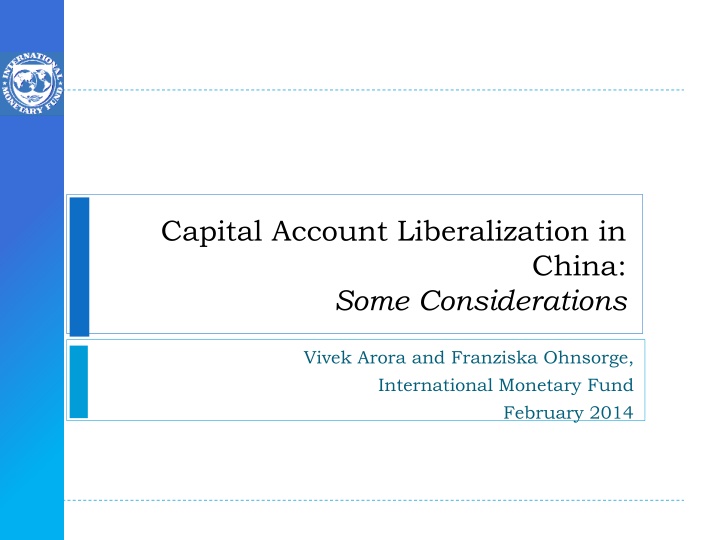
Considerations for Capital Account Liberalization in China: Benefits, Risks, and Policy Implications
Explore the benefits, risks, and policy implications of capital account liberalization in China, with a focus on efficiency, financial competitiveness, and global implications. Learn about the international experiences and China's approach in this context.
Download Presentation

Please find below an Image/Link to download the presentation.
The content on the website is provided AS IS for your information and personal use only. It may not be sold, licensed, or shared on other websites without obtaining consent from the author. If you encounter any issues during the download, it is possible that the publisher has removed the file from their server.
You are allowed to download the files provided on this website for personal or commercial use, subject to the condition that they are used lawfully. All files are the property of their respective owners.
The content on the website is provided AS IS for your information and personal use only. It may not be sold, licensed, or shared on other websites without obtaining consent from the author.
E N D
Presentation Transcript
Capital Account Liberalization in China: Some Considerations Vivek Arora and Franziska Ohnsorge, International Monetary Fund February 2014
Outline Benefits and Risks of Capital Account Liberalization Policy Implications China s Approach in Context International Experiences: Some Examples Implications of China s Capital Flow Liberalization for China and the for the World 2
Background Rising global capital flows, dominated by FDI Capital Flows to Advanced Countries (percent of GDP) Capital Flows to Emerging Markets (percent of GDP) 6 8 4 6 Portfolio - Equity Portfolio - Debt Other Flows Direct Investment Net 2 4 0 2 -2 0 Portfolio - Equity Portfolio - Debt Other Flows Direct Investment Net -4 -2 -6 -4 -8 -6 1990Q1 1991Q2 1992Q3 1993Q4 1995Q1 1996Q2 1997Q3 1998Q4 2000Q1 2001Q2 2002Q3 2003Q4 2005Q1 2006Q2 2007Q3 2008Q4 2010Q1 2011Q2 2012Q3 1990Q1 1991Q2 1992Q3 1993Q4 1995Q1 1996Q2 1997Q3 1998Q4 2000Q1 2001Q2 2002Q3 2003Q4 2005Q1 2006Q2 2007Q3 2008Q4 2010Q1 2011Q2 2012Q3 Source: IMF BOPS, WEO. Source: IMF BOPS, WEO. Policy Implications? Source: WEO and BOPS 3
Policy implications International experience Global implications Benefits and risks China s approach Benefits and risks Efficiency, financial competitiveness, productive investment, consumption smoothing Collateral benefits Benefits Macroeconomic volatility, vulnerability to crises, larger output losses Magnified by financial/institutional gaps Risks 4
Policy implications International experience Global implications Benefits and risks China s approach Policy Implications No presumption of full liberalization for all countries at all times; Countries with long-standing restrictions may benefit from more liberalization; Follow considered, sequenced integrated approach Policy Implications 5
Policy implications International experience Global implications Benefits and risks China s approach Some preconditions: macroeconomic, financial, institutional Per Capita GDP (US$, PPP basis) External debt, in percent of GDP 14,000 700 60 Emerging markets 12,000 600 50 China 10,000 500 40 Lines: per capita GDP growth (1995=100, right axis) 8,000 400 30 6,000 300 20 4,000 200 10 2,000 100 0 0 0 1995 1997 1999 2001 2003 2005 2007 2009 2011 2013 1995 1997 1999 2001 2003 2005 2007 2009 2011 2013 Institutional Quality Export and Imports, in percent of GDP (1995=100) -0.1 80 1996 1998 2000 2002 2003 2004 2005 2006 2007 2008 2009 2010 2011 2012 70 -0.12 60 Regulatory Quality 50 -0.14 40 -0.16 30 20 -0.18 10 0 -0.2 1995 1996 1997 1998 1999 2000 2001 2002 2003 2004 2005 2006 2007 2008 2009 2010 2011 2012 2013 -0.22 Government Effectiveness -0.24 Source: WEO; WDI; World Bank WGI and staff estimates. 6
Policy implications International experience Global implications Benefits and risks China s approach Integrated Approach to Capital Flow Liberalization Liberalize FDI inflows Liberalize FDI outflows, other longer-term flows, and limited short- term flows Liberalization Capital Flow Greater liberalization Revise financial legal framework Improve accounting and statistics Strengthen systemic liquidity arrangements and related monetary and exchange operations Strengthen prudential regulation and supervision, and risk management Supporting Reforms Restructure financial and corporate sectors Develop capital markets, including pension funds Greater Liberalization 7
Policy implications International experience Global implications Benefits and risks China s approach China s sequence of measures Year Measure 2001 Resident corporates list overseas; resident individuals buy B-shares 2002 QFII scheme (nonresident portfolio investment in China) 2004 Approved corporates lend abroad; emigrants transfer limited assets abroad 2005 Nonresidents issue RMB bonds in China (Panda bonds) 2006 QDII scheme (resident portfolio investment abroad); eliminate approval and expand financing sources for ODI 2007 Expand QDII institutions; raise QDII quota; residents issue RMB bonds offshore 2009 RMB use for trade and FDI settlement 2010 Approved central banks/foreign bank invest in Chinese bond market; resident corporates borrow abroad 2011 R-FDI scheme (settle FDI in RMB); R-QFII scheme (portfolio investment by approved corporates with subsidiaries in Hong Kong) 2012 QFII quota increased to $80 billion; R-QFII quota increased to RMB200 billion; quotas on central banks/SWF removed 2013 R-QFII: Eligible institutions expanded; restrictions on asset allocation eased 8
Policy implications International experience Global implications Benefits and risks China s approach Accelerate capital account liberalization (February 2012 Report) Final step: free convertibility of RMB when ready Greater scope for foreigners to invest in RMB assets, and property Acceleration of overseas RMB lending 9
Policy implications International experience Global implications Benefits and risks China s approach International experience: lessons Israel 1987-2005 (Flug, 2013) Synchronized macro stabilization program Sequencing: foreign residents new immigrants asset managers corporates households Closely monitored: approval converted to reporting requirements Chile from 2000 (Carri re-Swallow and Garc a-Silva, 2013) Synchronized move to exchange rate flexibility and inflation targeting Sequencing: pension funds outflows first 10
Policy implications International experience Global implications Benefits and risks China s approach Global implications of capital account liberalization in China: Capital Flows Bayoumi and Ohnsorge (2013); He et al. (2012): Capital account opening in China will likely be followed by substantial increase in gross portfolio flows. Net outflows as domestic investors diversify savings. Net portfolio outflows could dampen reserve accumulation. Benelli (2011): $500 billion increase in China s private foreign portfolio asset holdings in EMs and decrease in China s official reserve assets in US instruments would increase US bond yields by 60 bps and reduce EM bond yields by 240 bps. 11
Policy implications International experience Global implications Benefits and risks China s approach Implications of capital account liberalization in China Global Financial Stability: Offshore RMB markets (Craig et al., 2013; Hooley, 2013) Vulnerability to shocks from China (Hooley, 2013) Financial Stability in China: Reduced liquidity in alternative asset markets (local bond and equity markets, real estate markets, wealth management products) Withdrawals of household savings deposits rising deposit rates reduced bank profitability (Lardy and Douglass, 2011) 12
Conclusions IMF institutional view: no presumption of full liberalization for all countries at all times. But many countries with long-standing restrictions would benefit. China s moves are in right direction. Implications for other countries through portfolio shifts. Carefully planned and implemented liberalization in China is in the interests of both China and the world. 13
Thank you ! 14



